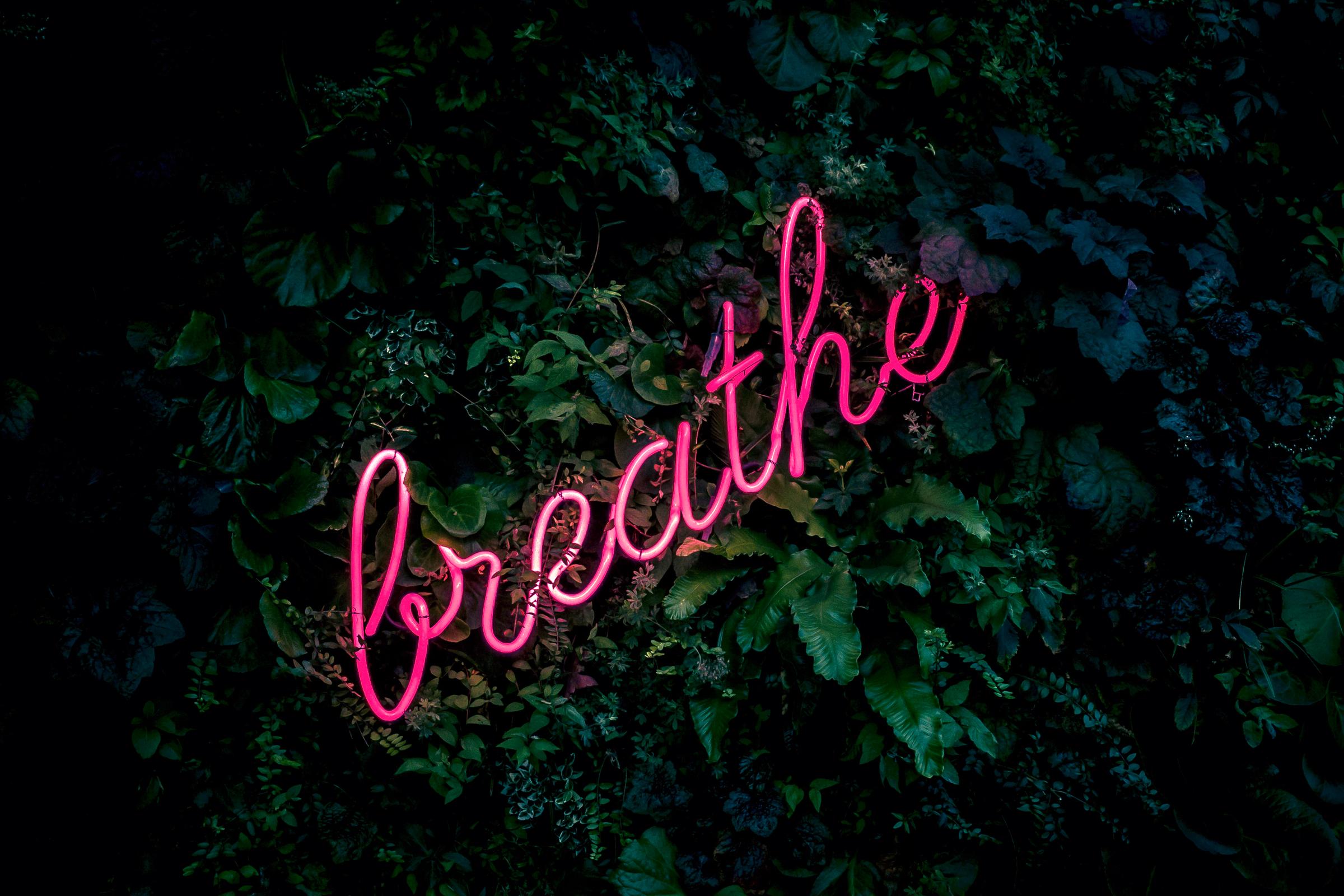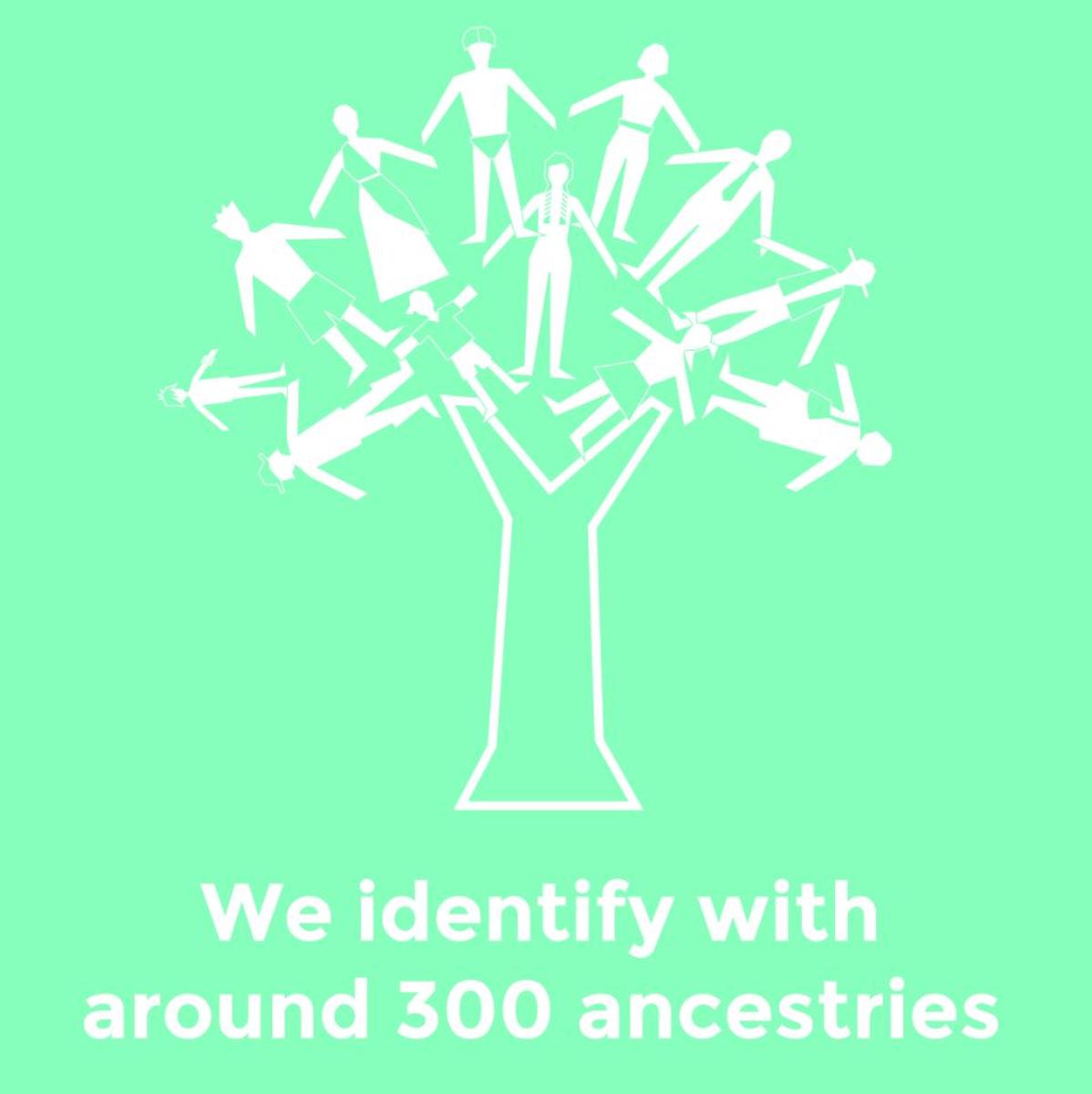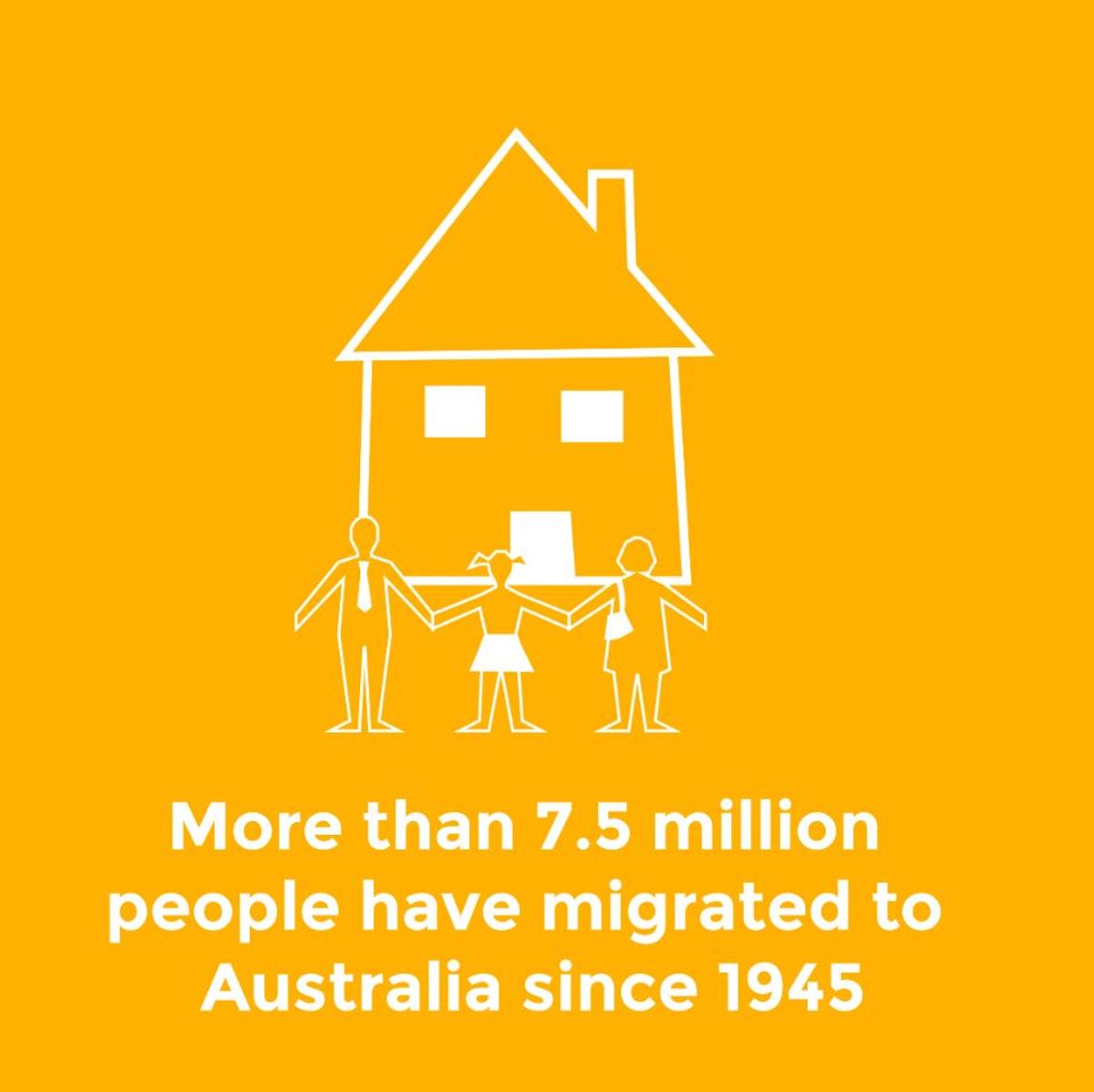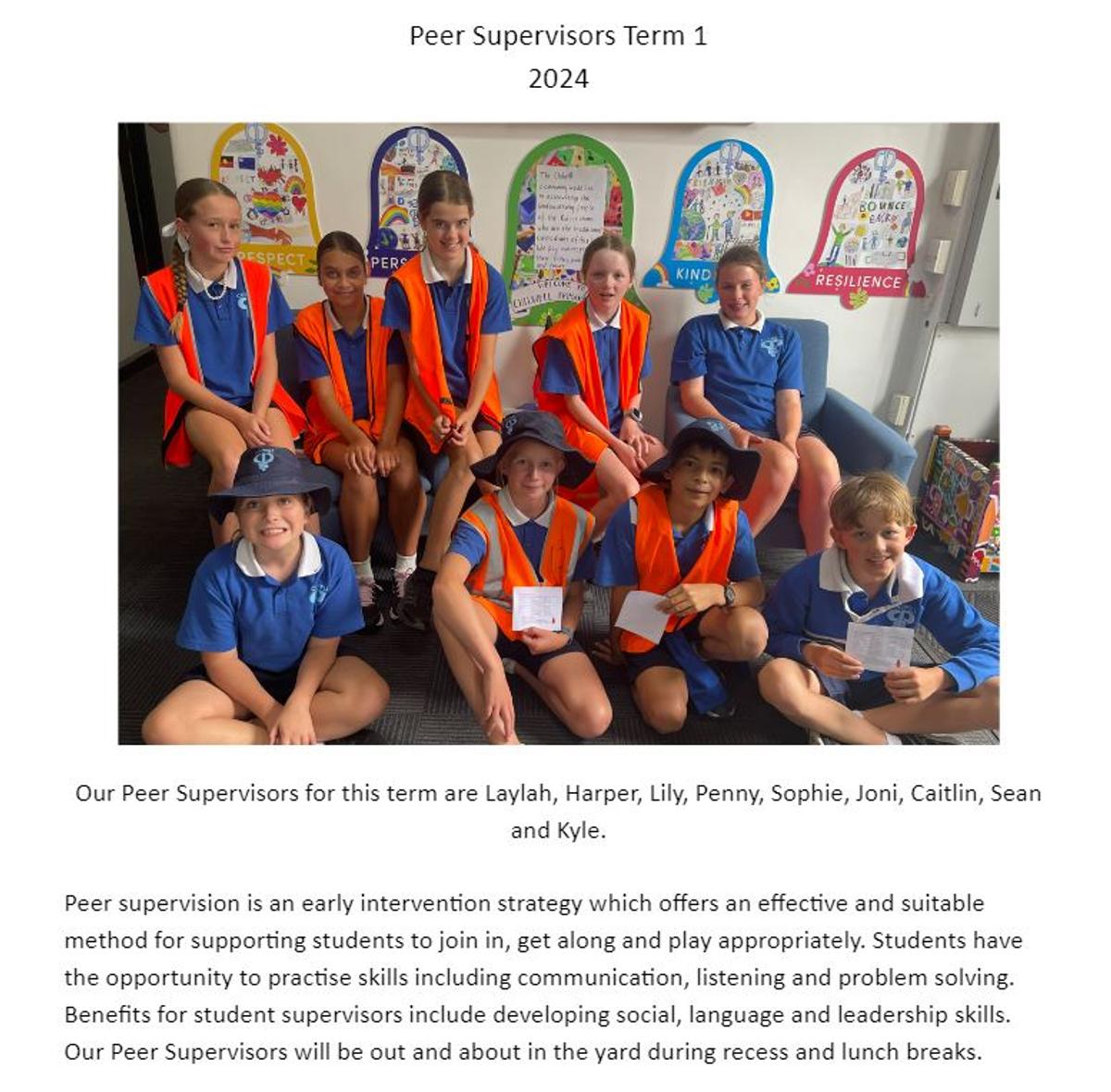MENTAL HEALTH & WELLBEING

Managing Transitions
Everyone reacts differently to change – some find it exciting, some find it stressful, some hardly notice it happened.
Adults use their experience and existing knowledge to predict what changes may be like, and how it may affect them and can develop strategies to help them adjust and cope.Children and young people don’t often have as much prior knowledge or experience to draw on which can make change more difficult and challenging.
Transitions are everywhere, every day
Transitions are best described as change: a period where we must adapt to new circumstances, expectations, people, environments or routines. Transition involves more than the first day in a new situation – it happens over time both before and after what we think of as the ‘big’ day. How quickly children and young people adjust varies.
When thinking about types of transitions for children and young people we might consider:
Their first transition from home to an early learning service
- The first year of school
- Moving from primary to secondary school
- Finishing secondary school and moving to the next stage of study or work.
However, small transitions are happening every day for children and young people: saying goodbye to family in the morning, stopping one thing and starting something new, moving from one room or building to another.
Transitions also occur in home life: moving house, going on holiday, the birth of a sibling, family changes, separations or bereavements.
These early years’ experiences can influence how we approach and cope with transitions throughout life.
What we might observe during transitions
Children and young people often communicate their feelings through behaviour. They rely on the adults around them to understand, acknowledge and interpret their behaviour, and provide a safe, secure, predictable space for them.
Transitions are successful when children and young people feel confident, secure and included – and these are all important protective factors for children’s mental health and wellbeing.
Supporting transitions and building resilience
We build resilience by learning and developing social and emotional skills – including coping skills. With these skills we manage life stressors, grow confidence and willingness to try new things, and seek and accept help when required.
During transitions, things we can do that provide the most positive experience for children and young people, maintain and grow relationships, and reduce routine disruption and stress include:
- Plan and prepare for transitions through a supportive orientation process.
- Have consistent communication with everyone - including the children, young people, their families and educators.
- Develop strategies that include planning for and respecting diversity and individual needs.
- Be flexible when the unexpected happens.
- Establish routines as soon as possible to develop a sense of predictability in the new environment.









